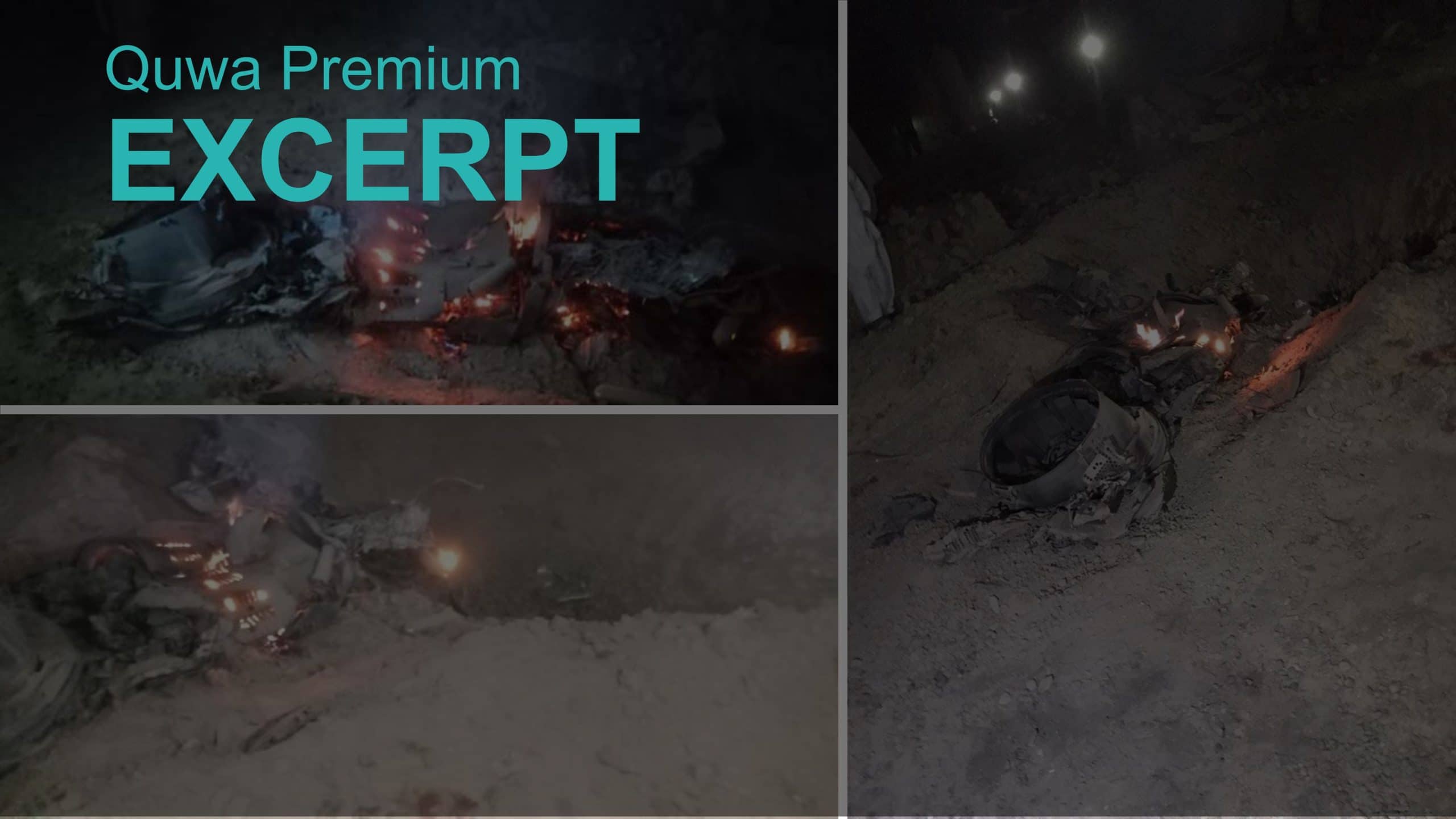2508Views

Analysis: The BrahMos-Mian Channu Incident
On 09 March 2022, an Indian Air Force (IAF) BrahMos supersonic land-attack cruise missile (LACM) crashed in Mian Channu, an area located in Khanewal District in Pakistan’s Punjab province.
In a press conference, the Director General of Inter-Services Public Relations (DG ISPR), Major General Babar Iftikhar, said that the Pakistan Air Force (PAF) monitored the BrahMos’ flight path from its apparent launch point near Sirsa, India, to its impact point in Pakistan.
On 11 March 2022, India’s Ministry of Defence (MoD) disclosed that the BrahMos missile crashed because of an “accidental firing” resulting from “a technical malfunction.”
The incident may not have escalated into an official row, but its impact could start – or potentially accelerate – Pakistan’s efforts to grow its early-warning and land-based air defence capabilities. Pakistan would aim to build a better deterrence element to thwart such activity. However, in the absence of strong foreign relations maneuvering, a robust air defence set-up may not form the deterrence element alone.
The Challenge of Intercepting Cruise Missiles
Jointly developed by India and Russia, the BrahMos is a supersonic-cruising LACM capable of reaching top speeds of around Mach 4. Its weight and range vary based on the specific model. For example, the newest version, i.e., the air-launched BrahMos, can reach a range of over 400 km.
In 2017, Quwa had assessed that the BrahMos would generally present a defensibility challenge. Basically, its high-speed nature (which can reach 1 km per second) would drastically cut the reaction time available to Pakistan to track and intercept the missile. While Pakistan should (and likely will) invest in neutralizing the BrahMos, its true deterrence element would come through analogous capability.
Indeed, Pakistan already built an inventory of modern subsonic-cruising LACMs, such as the Babur/Harbah and Ra’ad series. Moreover, the Pakistan Navy (PN) inducted a supersonic-cruising LACM through its Type-054A/P frigate program, i.e., the CM-302. It seems that the PAF could pursue its own supersonic-cruising LACM, potentially the HD-1A, which China marketed as an option for the JF-17.
Ultimately, Pakistan’s near-term recourse against the BrahMos was to bank on the inherent difficulty of intercepting such missiles. If Pakistan will have trouble stopping the BrahMos, then India should also have difficulty stopping the CM-302 and HD-1A. In other words, Pakistan would build its own inventory. It would not be surprising if Pakistan accelerates its supersonic LACM acquisitions in response to this situation…
End of excerpt (394, 1,114 words)
You can read the complete article by logging in (click here) or subscribing to Quwa Premium (click here).
For more Pakistani defence news, check out:


